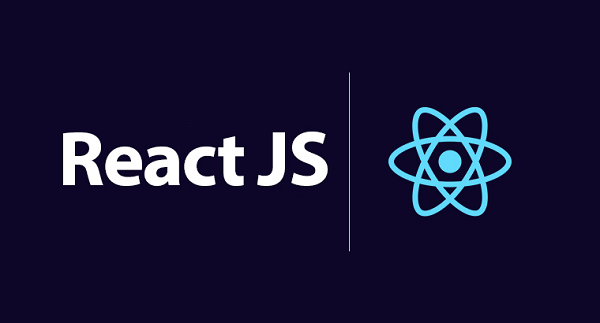
Introduction
Full-stack web developers are in demand more than ever due to varied company requirements in terms of employees who can work on the front-end and back-end side. ReactJS has emerged as a powerful library developed by Facebook, and is now a vital tool in the journey towards working as a full-stack web developer. Be it sleek UI components with React Bootstrap or routing integrated with React Router DOM, knowledge of React and its surrounding ecosystem will be vital in your career. We will take a glance at how to become a full-stack web developer using ReactJS and other associated technologies from this guide.
Getting Started with ReactJS
ReactJS is a JavaScript library that concerns itself with user interface building. It brings with its component-based architecture and the usage of JSX a whole new paradigm in thinking about frontend development. This approach makes your code predictable and easier to debug.
Begin by getting familiar with the following basic concepts:
Components: The very basic blocks of React, these
components capture elements of the UI and maintain their state.
JSX: It provides a way of writing HTML-like syntax in
JavaScript. This gets translated into efficient JavaScript code by
React.
State and Props: State is data that changes with time, and
props are used to transfer data between components.
These core concepts are very important when you get into the development of dynamic and interactive web applications. Take a course on React JS or work through a React tutorial that thoroughly covers all its aspects, in order to realize these things more fully.
Complex Applications
Once you have learned the basics, you should move on to more advanced topics that will make you a proficient React developer:
React Router DOM: This library provides the possibility of
navigation between the different pages or, if you will, views in a
single-page application. Mastering the router React Router DOM
becomes very essential in developing complex, multi-page React
applications.
State management using Redux: The larger an application
grows, the greater a challenge is placed on state management by
it. Redux helps centralize your application state, making it
easier to manage and debug.
React Dev Tools: These are tools to be used for debugging
applications more effectively, allowing inspection of component
hierarchy, state, and props in real-time.
Integration with Back-End Technologies
To be a full-stack developer means you need to go further than just React alone. This is where back-end technologies come in:
Node.js and Express: These are vital in building the
server-side of your applications. They allow one to create RESTful
APIs that can be interacted with from the React front-end.
MongoDB: This NoSQL database works very well with Node.js
and Express in storing data and managing it.
These technologies, when combined, help in the construction of full-stack applications. You might even look into how to link React to React Native if you're interested in mobile app development.
Style Your Apps with Bootstrap
Integrating Bootstrap in React can really enhance your UI design. Bootstrap and React go very well together. You can use Bootstrap's many, already-designed components for buttons, forms, and navigation bars—all alike designed. Indeed, components from third-party libraries like React Bootstrap provide both a fine selection of components following the Bootstrap design mindset while also being tailored to the architecture of React.
React with Bootstrap: Learn how to add Bootstrap's CSS and
JS in your React components.
Bootstrap with React: Begin responsive, mobile-first
projects on the fly with React Bootstrap components.
Further Upgrading and Additional Learning
You don't claim mastery over React or truly be a full-stack developer without knowing these supplementary libraries and tools, including:
React Table: Learn how to display large data sets by
developing dynamic tables supporting filtering, sorting, and
pagination.
React PDF: Find out how to generate and display PDFs in
your applications.
React Jobs: See the available jobs and know about market
demand for React developers.
Common React JS Interview Questions
In case you are eyeing to prepare for a job interview, going through the common interview questions on React JS will help. Most of these questions will start from the basics all the way through to other advanced applications in ReactJs.
Conclusion
Full-stack web development with the use of ReactJS is continuous learning. Start with the basics of React JS and JSX, then progress gradually to more advanced ones: state management and routing. Integrate Bootstrap for React to enable you to enhance your UI. Complement these front-end skills by studying back-end technologies like Node.js and MongoDB. With dedication and practice, you can master React JavaScript and its ecosystem, positioning yourself as a proficient full-stack developer ready to take on challenging projects in the industry.
